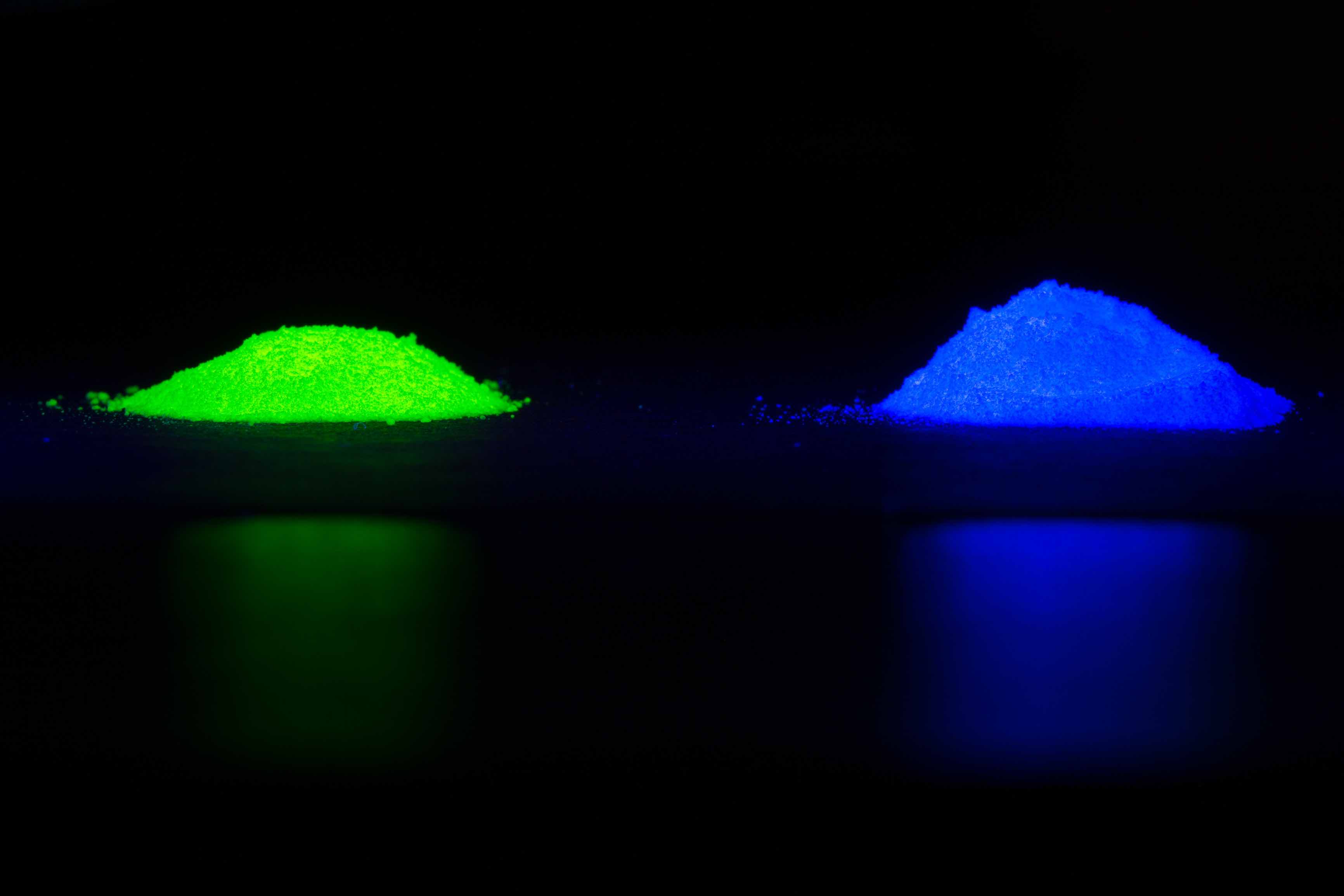Book Chapter on Ab Initio Molecular Dynamics Studies of Fast Ion Conductors
Our chapter on Ab Initio Molecular Dynamics Studies of Fast Ion Conductors in “Computational Materials System Design” is now available via Springer International Publishing.

Creating It from Bit
Creating It from Bit
Our chapter on Ab Initio Molecular Dynamics Studies of Fast Ion Conductors in “Computational Materials System Design” is now available via Springer International Publishing.
Zhuoying Zhu is a proud co-author on a recent publication titled “Direct Observation of Halide Migration and its Effect on the Photoluminescence of Methylammonium Lead Bromide Perovskite Single Crystals” published in Advanced Materials. In this collaborative effort with the Fenning group@UCSD, halide ion migration and its corresponding effect on photoluminescence are observed in relation to changes in the applied electric field in single crystals of methylammonium lead bromide (CH3NH3PbBr3). Higher local Br concentrations is shown to be correlated with superior optoelectronic performance. Nudged elastic band calculations (Zhuoying’s contribution) show that lower barriers for vacancy migration in directions that contains a component along the C-N alignment axis, in good agreement with the experimental observations.
Chi’s paper on “Accurate force field for molybdenum by machine learning large materials data” has just been published in Physical Review Materials. This work addresses a crucial gap in the available force field for Mo. We will show that by fitting to the energies, forces, and stress tensors of a large DFT dataset on a diverse set of Mo structures, a Mo Spectral Neighbor Analysis Potential (SNAP) model can be developed that achieves close to DFT accuracy in the prediction of a broad range of properties, including elastic constants, melting point, phonon spectra, surface energies, grain boundary energies, etc.
Examples and parameters of the new potential can be obtained at our Github page.
Paul’s paper titled “Comparison of the polymorphs of VOPO4 as multi-electron cathodes for rechargeable alkali-ion batteries” has just been published in Journal of Materials Chemistry A. In collaboration with the Whittingham group, we performed a systematic first principles investigation, supported by careful electrochemical characterization and published experimental data, of the relative thermodynamic stability, voltage, band gap, and diffusion kinetics for alkali intercalation into the β, ε and αI polymorphs of VOPO4, a highly promising family of multi-electron cathodes. We identify the β polymorph as the most promising for Li insertion, and the αI polymorph as the most promising for Na insertion. We show that differences in the voltage, kinetics and rate capability of these different polymorphs for Li and Na insertion can be traced back to their fundamentally different VO6/VO5–PO4 frameworks.
Hanmei Tang and Iek-Heng Chu are co-authors on “Atomate: A High-Level Interface to Generate, Execute, and Analyze Computational Materials Science Workflows” just published in Computational Materials Science. This paper describes atomate, an open-source Python framework for computational materials science simulation, analysis, and design with an emphasis on automation and extensibility, that is built on top of pymatgen, FireWorks, and custodian. The Materials Virtual Lab are proud contributors to this great open science initiative! Check out the atomate package here.
Our work on “Effects of Transition-Metal Mixing on Na Ordering and Kinetics in Layered P2 Oxides” has just been published in Physical Review Applied.
In this work by Chen Zheng and other co-authors, we systematically investigate the effects of transition-metal (TM) mixing on Na ordering and kinetics in the NaxCo1−yMnyO2 model system using DFT calculations. We show that the TM composition at the Na(1) (face-sharing) site has a strong influence on the Na site energies, which in turn impacts the kinetics of Na diffusion towards the end of the charge. By employing a site-percolation model, we establish theoretical upper and lower bounds for TM concentrations based on their effect on Na(1) site energies, providing a framework to rationally tune mixed-TM compositions for optimal Na diffusion.
Richard Tran has written an excellent Jupyter notebook on how you can use pymatgen to automatically generate surface slabs and analyzing calculated surface energies to construct the Wulff shape. Check it out here.
Professor Ong recently gave a plenary talk on “Creating It from Bit – Designing Materials by Integrating Quantum Mechanics, Informatics and Computer Science” at the 57th Sanibel Symposium held on St Simon’s Island in Georgia, USA. The slides of this talk at available on SlideShare.
In this talk, he discussed two emerging trends that holds the promise to continue to push the envelope in computational design of materials. The first trend is the development of robust software and data frameworks for the automatic generation, storage and analysis of materials data sets. The second is the advent of reliable central materials data repositories, such as the Materials Project, which provides the research community with efficient access to large quantities of property information that can be mined for trends or new materials. The talk showed how we have leveraged on these new tools to accelerate discovery and design in energy and structural materials as well as our efforts in contributing back to the community through further tool or data development, and provide perspectives on future challenges in high-throughput computational materials design.
The Materials Virtual Lab has started matgenb, a new public repository to share example notebooks that demonstrate the utilization of open-source codes for the study of materials science. We frequently get requests (from students, postdocs, collaborators, or just general users) for example codes that demonstrate various capabilities in the open-source software we maintain and contribute to, such as the Materials Project software stack comprising pymatgen, custodian, and Fireworks. This repo is a start at building a more sustainable path towards sharing of code examples.
The first example notebook has been posted on Getting data from the Materials Project.
